Hohenschwangau
Mon Nov 28, 2016 9:14 amOn Monday we made a (long) day-trip from Salzburg to Neuschwanstein and Hohenschwangau.
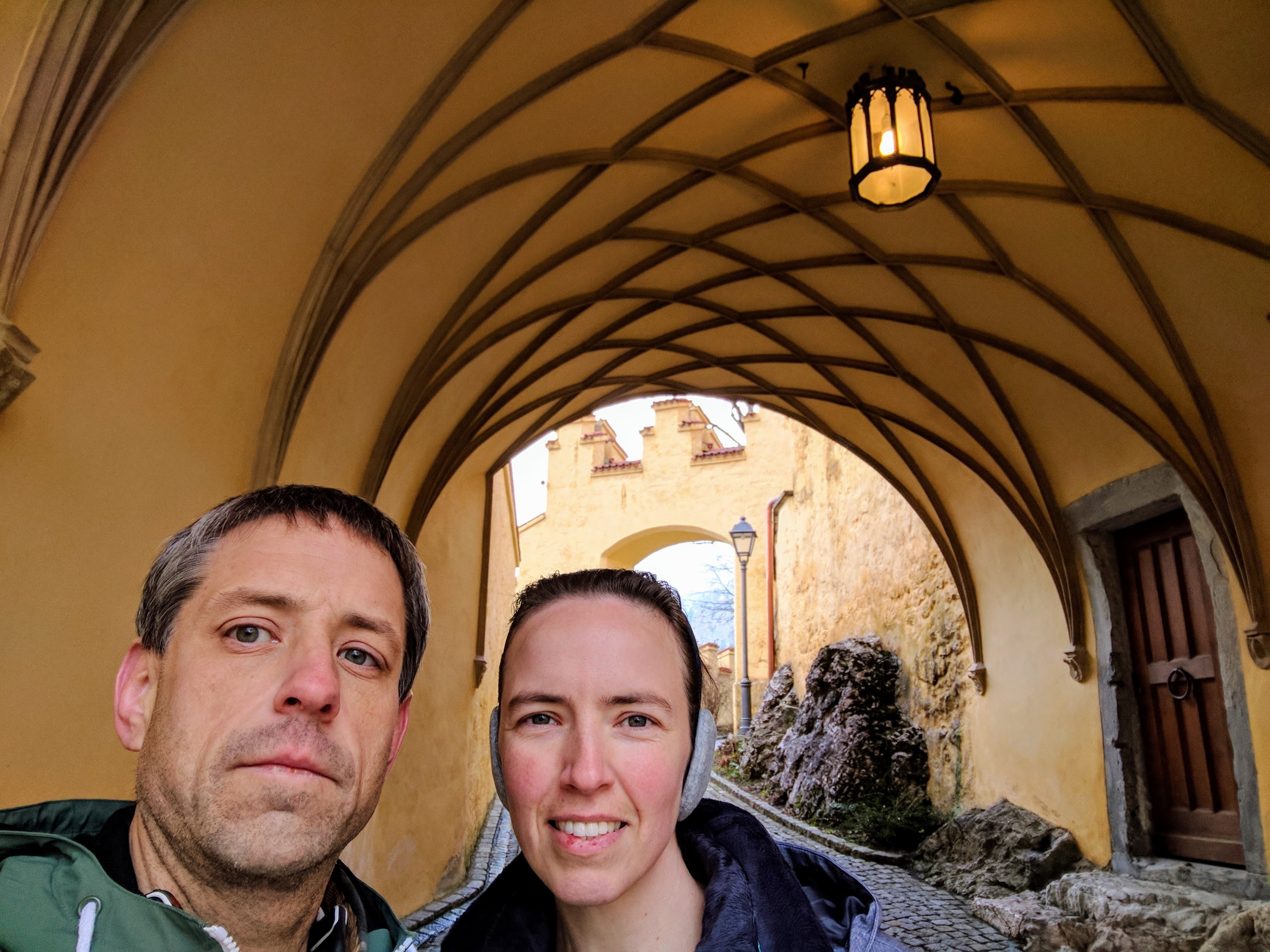
History
Hohenschwangau was the summer castle of Bavarian King Maximillian II of Wittelsbach extraction, where future King Ludwig II grew up, and continues to be occupied by the Duke of Bavaria.
House of Wittelsbach is a family dynasty that has contributed Kings, Princes, and Nobility to various Kingdoms, Electorates, and Principalities both inside and outside the Holy Roman Empire.
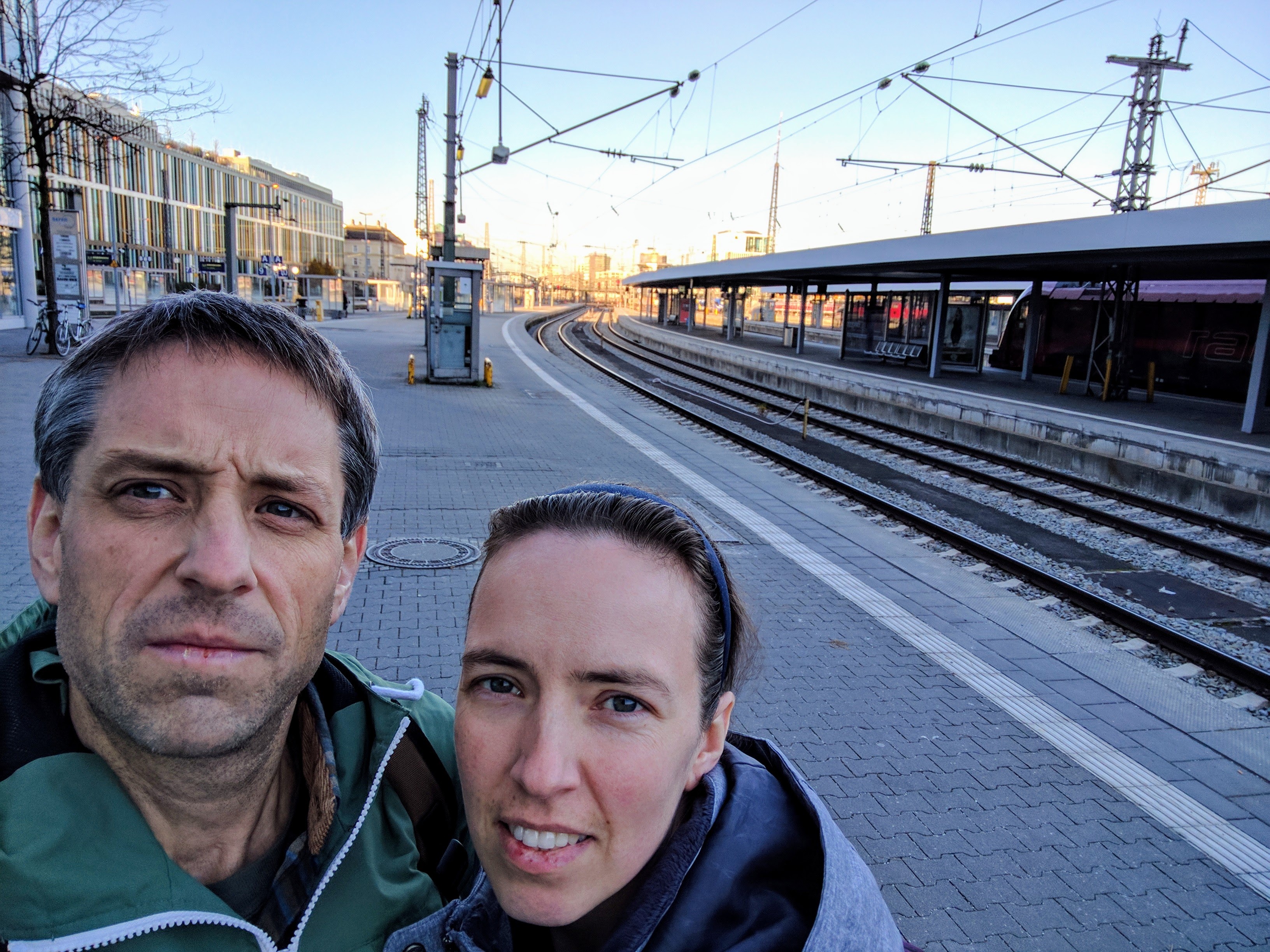
The train journey from Salzburg to Füssen connects in Munich and the entire day can be covered by BayernTicket (Bavaria State Day Pass), which includes Salzburg and all modes of public transportation except high-speed ICE trains.
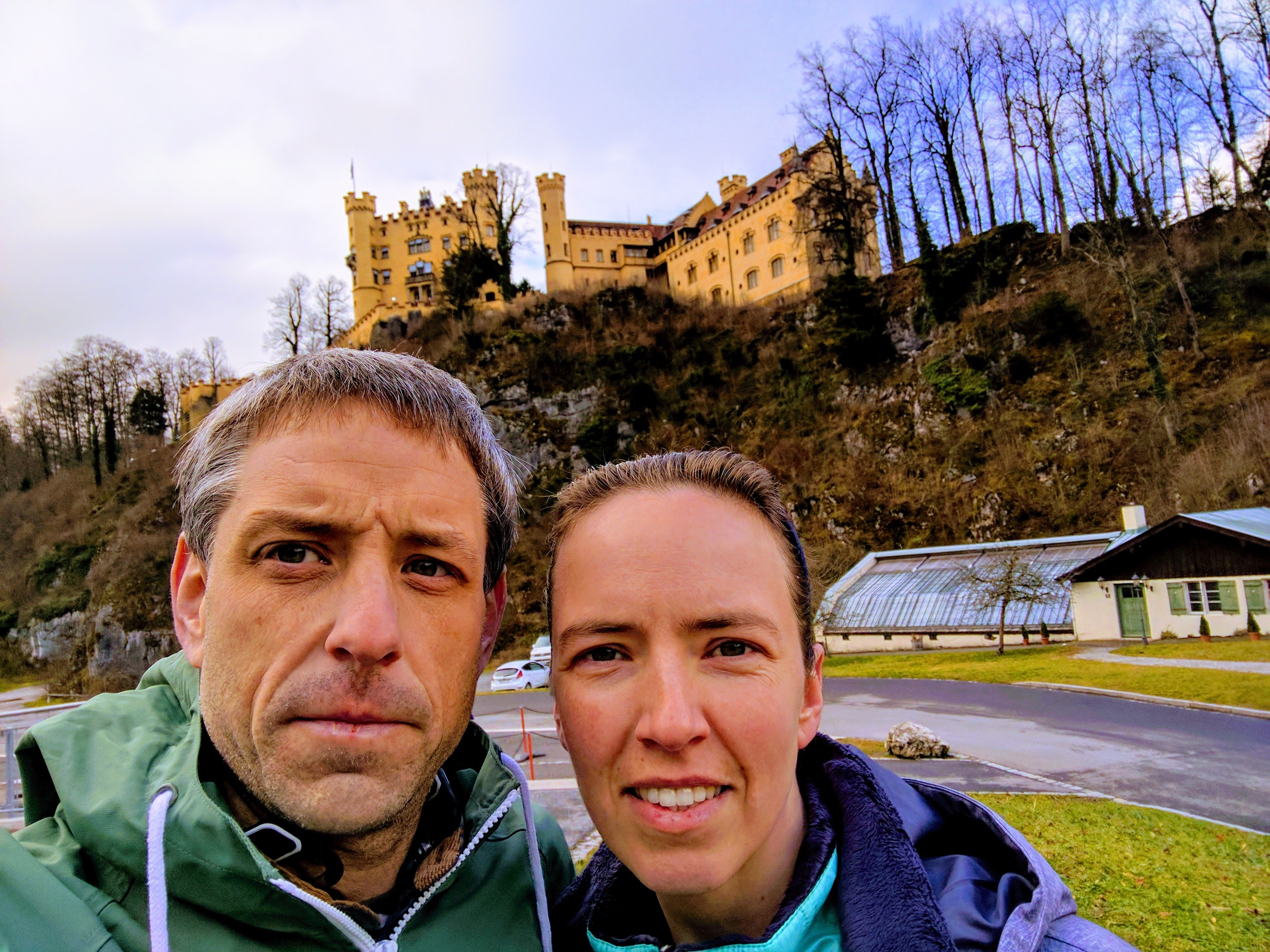
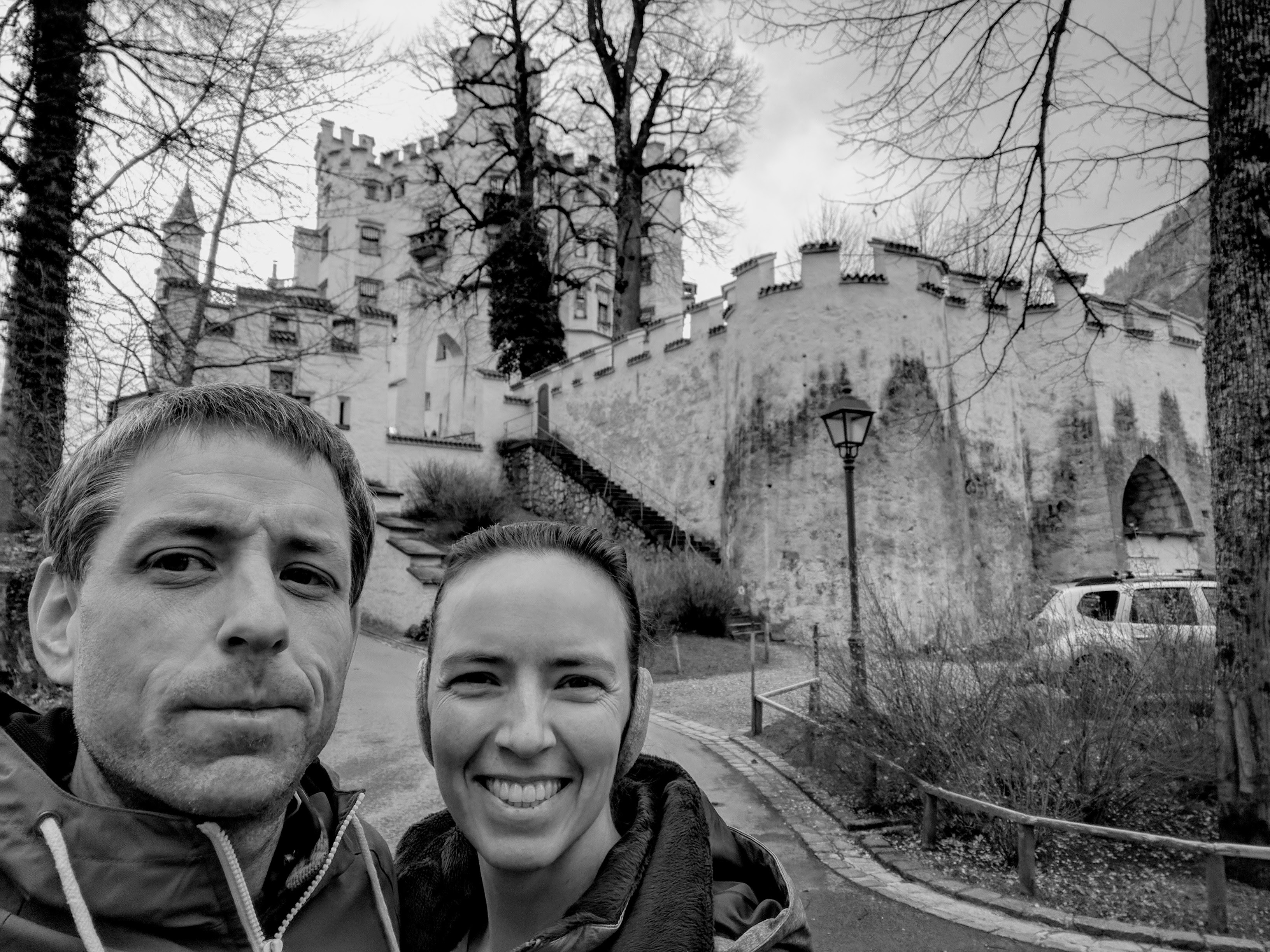
Note the pointed arches; both Neuschwanstein and Hohenschwangau are neo-Gothic in architecture. Whereas Neuschwanstein was built new in the 19th Century, Hohenschwangau was rebuilt in the 19th Century.
Neo-Gothic Architecture is a reimagining of the Medievel Gothic style.
As The Enlightenment gave way to Romanticism in the 19th Century, neo-Classical Architecture gave way to neo-Gothic Architecture for obvious reasons: neo-Classical is more rational and neo-Gothic is more romantic.
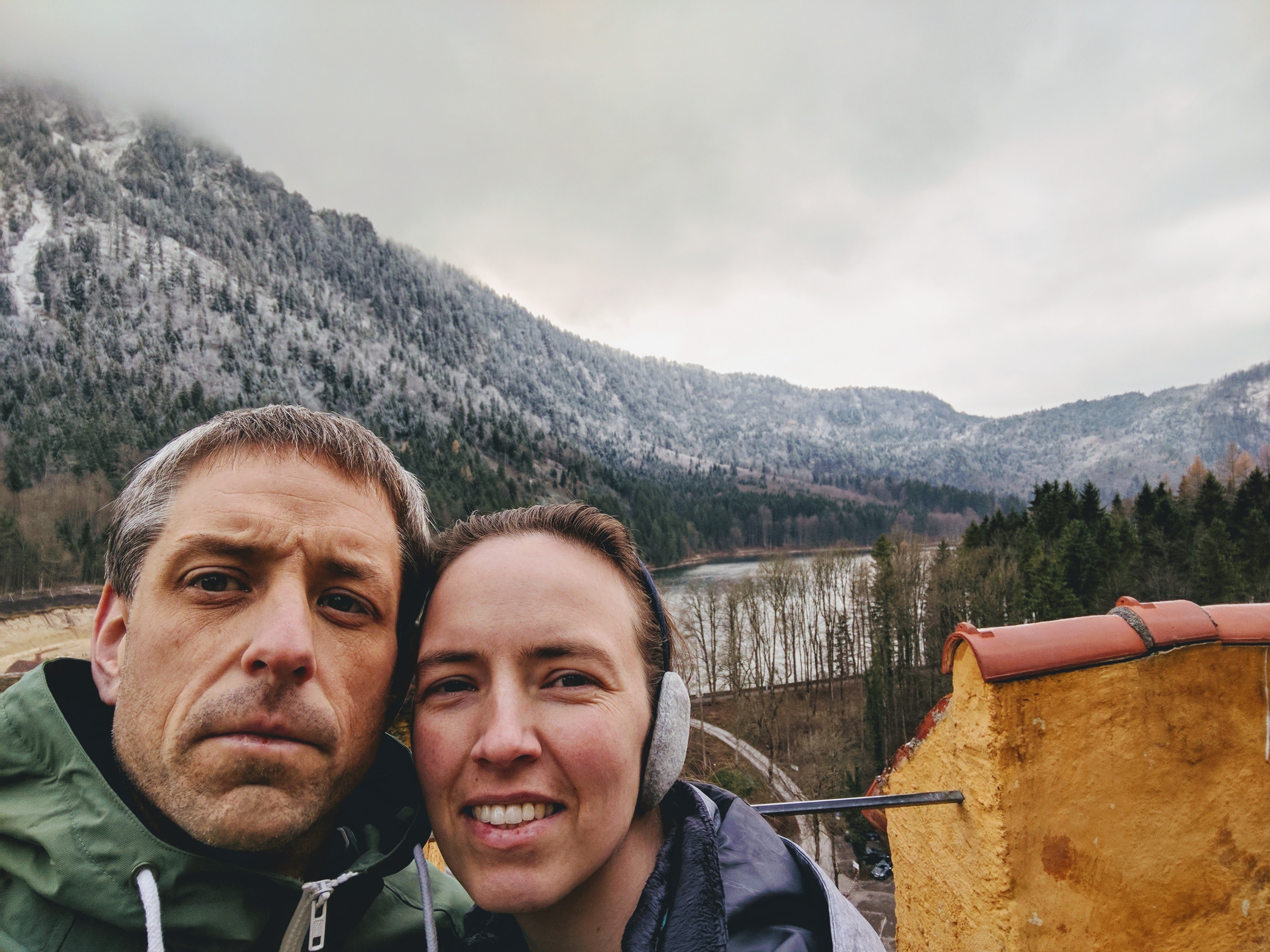
You are looking south towards Alpsee.
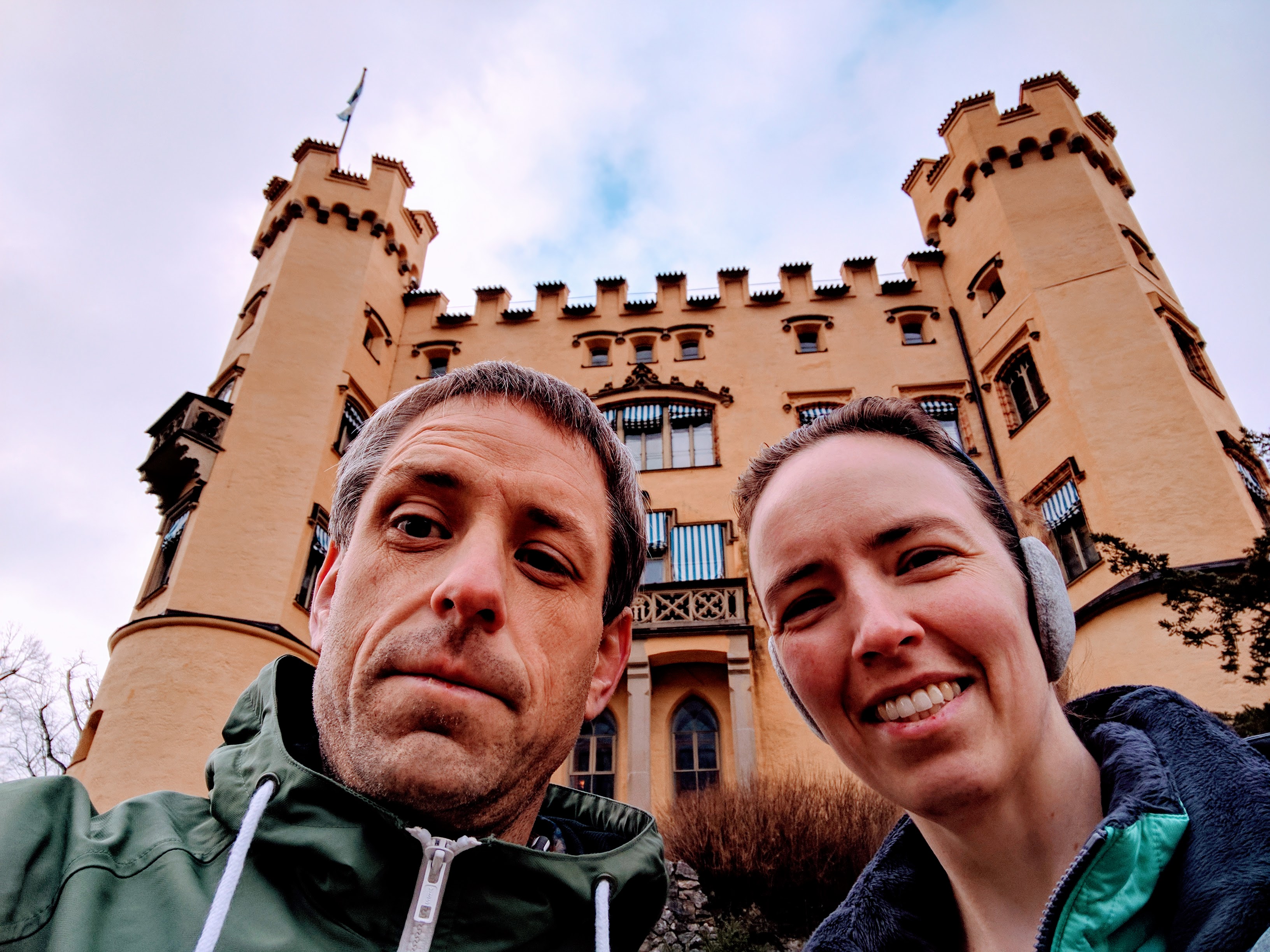
Growing up in Hohenschwangau, future King Ludwig II took inspiration from wall paintings depicting Parzival and Lohengrin.
I wrote another blog post exploring the connections between Hohenschwangau, Neuschwanstein, King Ludwig II, Wagner, Lohengrin, swans, Magyars (who founded Hungary), Battle of Lechfeld (Augsburg), and a wealthy Augsburg mercheant Johann Paumgartner.
I would also add that Lohengrin went by the moniker Knight of the Swan, and King Ludwig II styled himself Swan King. (Neuschwanstein translates to New Swan Castle).
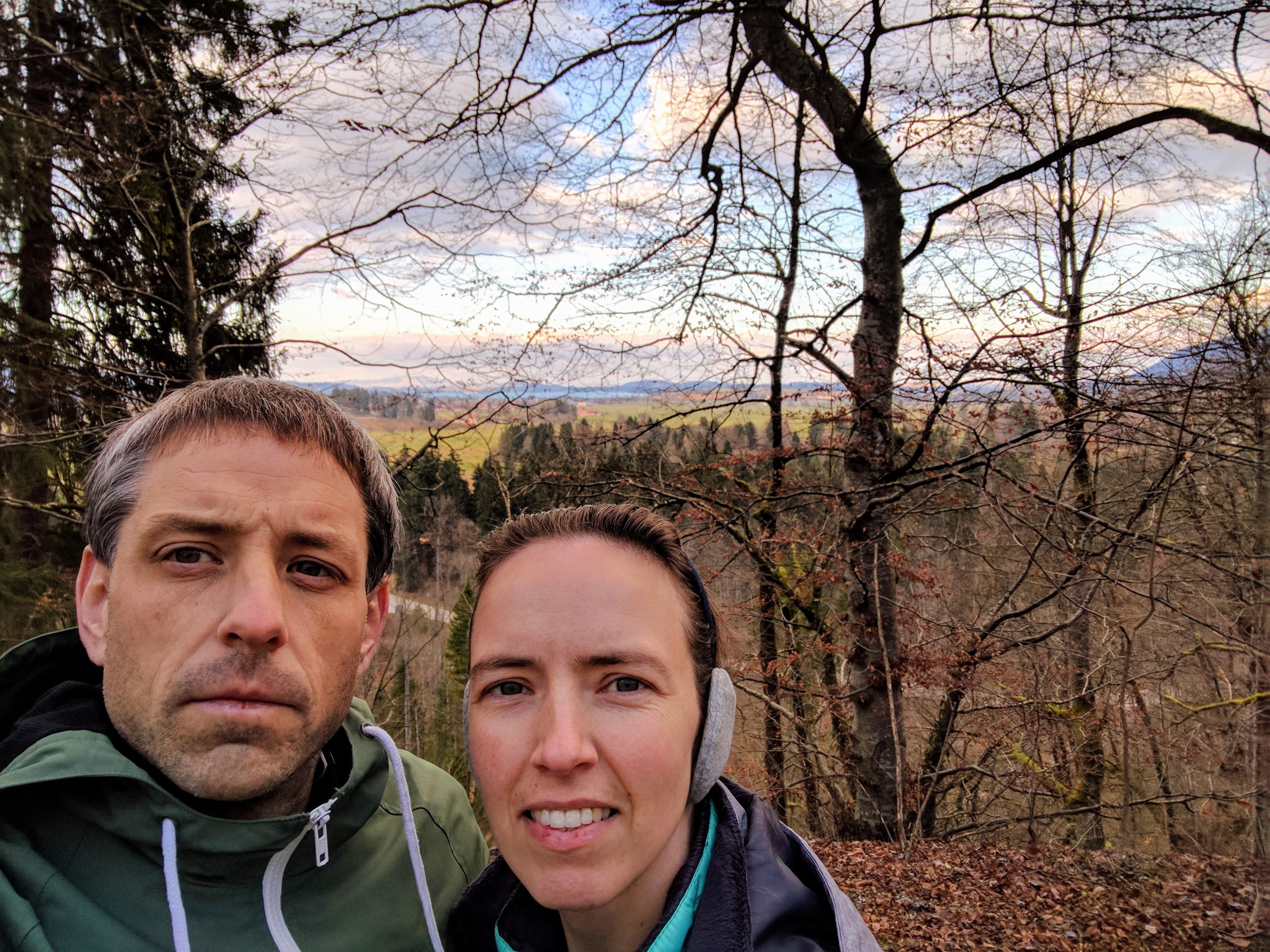
Neuschwanstein and Hohenschwangau are at the foot of the Alps; if you are looking North you don’t see any mountains.